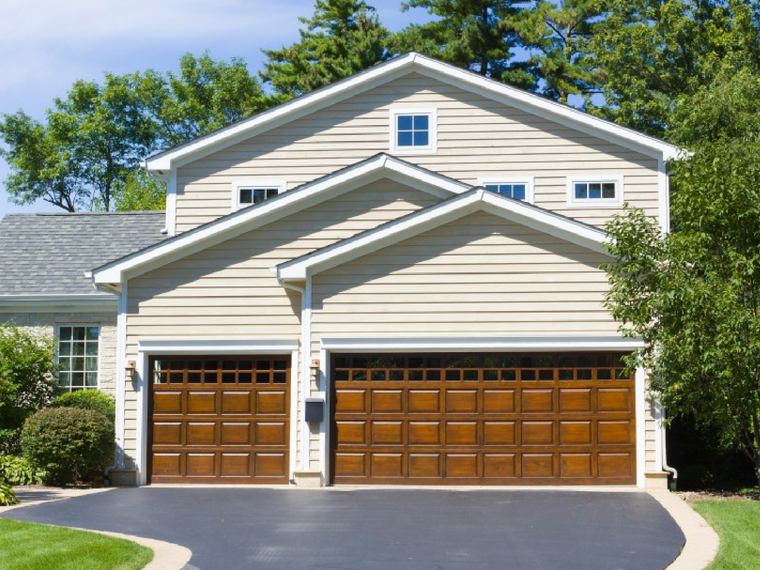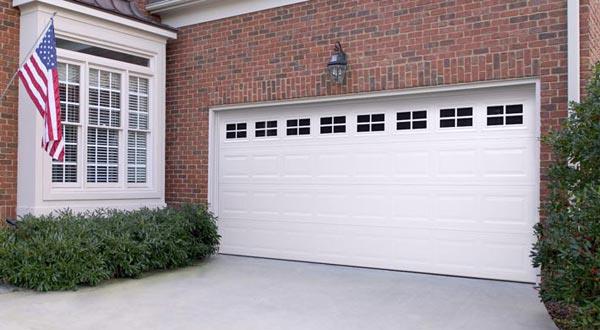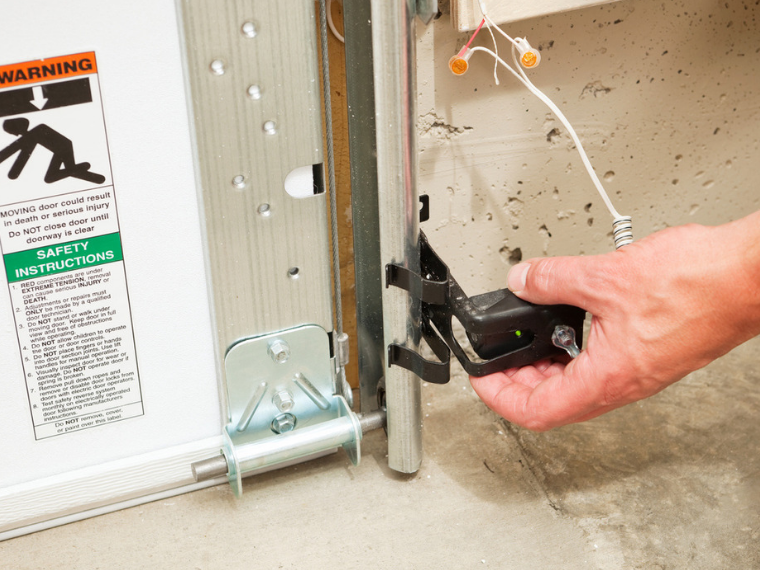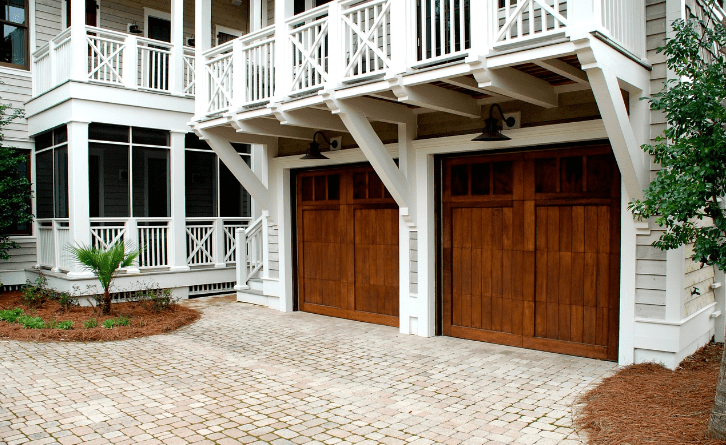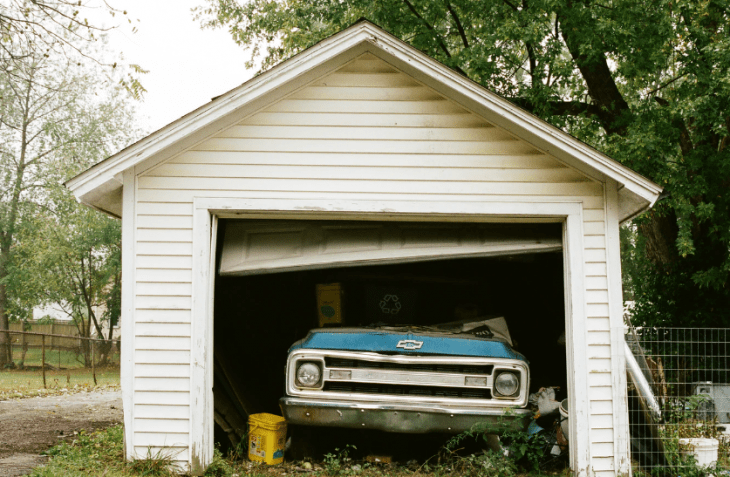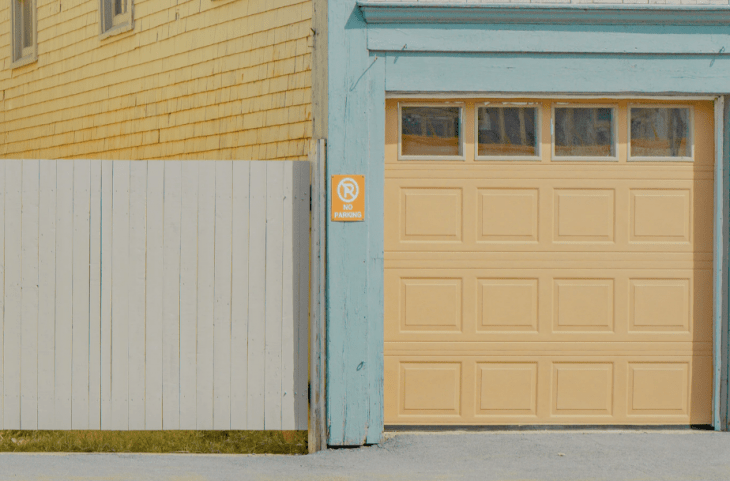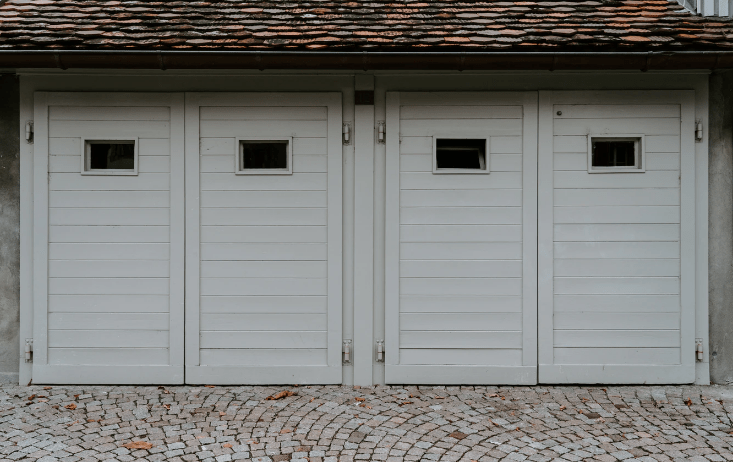If you have a wood garage door, you may need to repair panels at some point. Things happen. Fortunately, you should be able to repair most damage or panel as needed, even for a wood garage door. In this article, we’re sharing a few tips on how to repair wood garage door panels quickly and […]
How to Repair Wood Garage Door Panels
